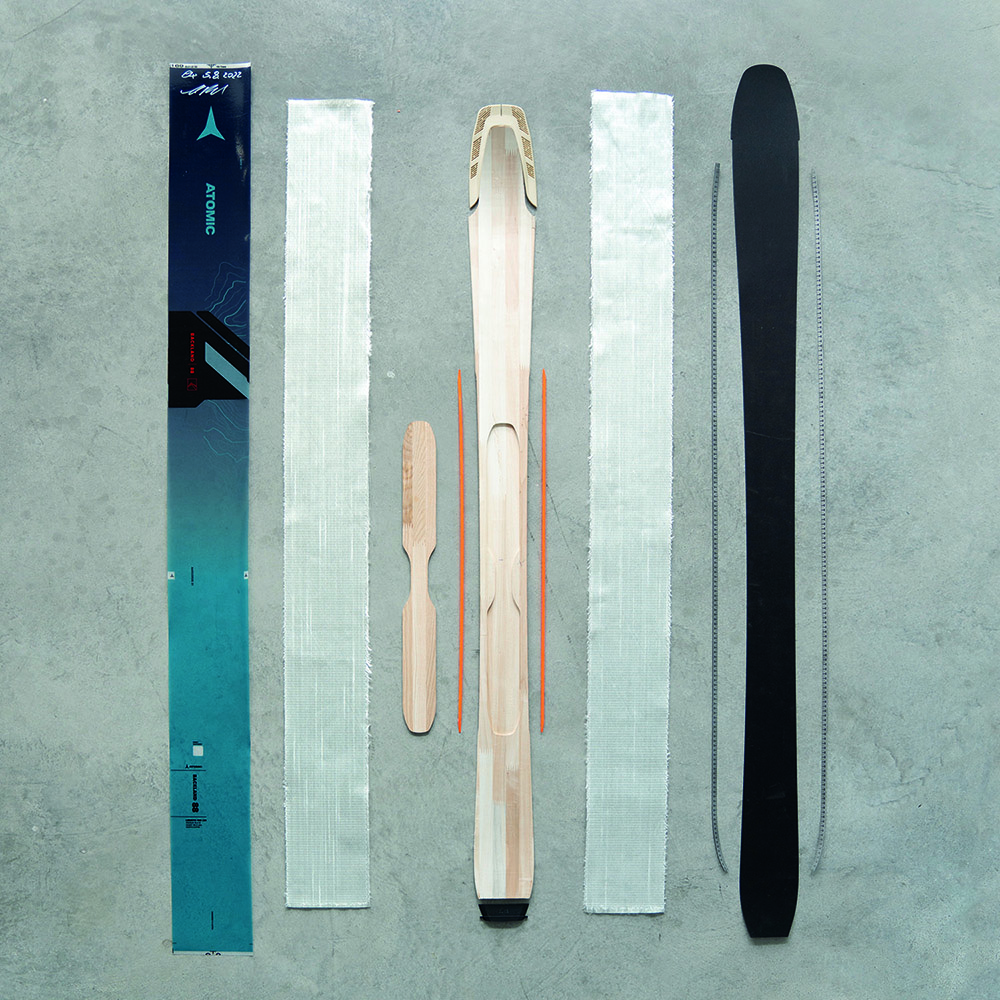Circular economy

We are driving the change for a circular economy in the sports and outdoor industry. Our goal is to reduce waste and pollution while promoting the use of sustainable materials in our products.
The circular economy was identified as a key material topic in the Amer Sports double materiality assessment conducted in 2023. The impacts of the circular economy are influenced by material use, waste generated in the value chain, and the lifetime and end-of-life treatment of products.
Together with other solutions, circular practices can reduce the total environmental impact of our products. This includes integrating circularity considerations in the design phase, driving innovation in sourcing and materials development across all our brands, and reducing waste in our business models. By providing relevant information about products, consumers can make informed decisions about the materials used. This, in turn, promotes sustainability, and minimizes environmental impacts. According to our sustainability strategy, we also monitor and remain prepared for upcoming regulations and updates related to products and materials.
Design for circularity
Our target is that 100% of products are designed against the Amer Sports Circularity Policy by the end of 2030. The Circularity Policy builds upon the principles of circularity outlined by the Ellen MacArthur Foundation to guide us in designing products with a circular approach. The policy will be finalized during 2024. The key principles of Amer Sports’ circularity will focus on three pillars: ‘Input’, ‘Use more’, and ‘Responsible end’.
Apparel and footwear materials
In 2023, Amer Sports mapped the materials used within our softgoods categories. This was the first year where we built a global material view, according to the following methodology and scoping:
- Data reported in kilograms (kg).
- Material scope exclusively covering softgoods materials, with hardgoods materials in equipment such as winter sports gear being excluded. Softgoods includes Apparel and footwear.
- For now, there is no distinction between priority materials and non-priority materials.
An estimated 50% of Amer Sports’ total material uptake is covered by this approach. We have confidence in the reported data, but it still needs improvement, as our data collection tools and processes are still maturing. To bolster our confidence, in 2024 we intend to expand our reporting to encompass the full Amer Sports scope (including both softgoods and hardgoods) and enhance the maturity level of our reporting process through more advanced tracking methods.
Out of our apparel and footwear material 12% came from plant-based, animal-based, and cellulosic materials and are renewable, and 88% are non-renewable. 16% of materials used in apparel and footwear were recycled, and 84% non-recycled.
We put our principles into practice
Our brands have several concrete examples of how we’ve put our Circular Economy Principles into practice:
The goal of ReBIRD™ is to help users extend the life of their garments through care, repair, and education, instead of buying new ones. ReBIRD™ saved over 30,000 kg of carbon in 2023 and has doubled its own business year-on-year. Arc’teryx wants to help facilitate a transition to a more circular economy by keeping existing garments “in the field” for longer, and by creating even more durable and sustainable garments in the future that users can enjoy for adventure after adventure.
Read more about Arc’teryx’s ReBird™ service
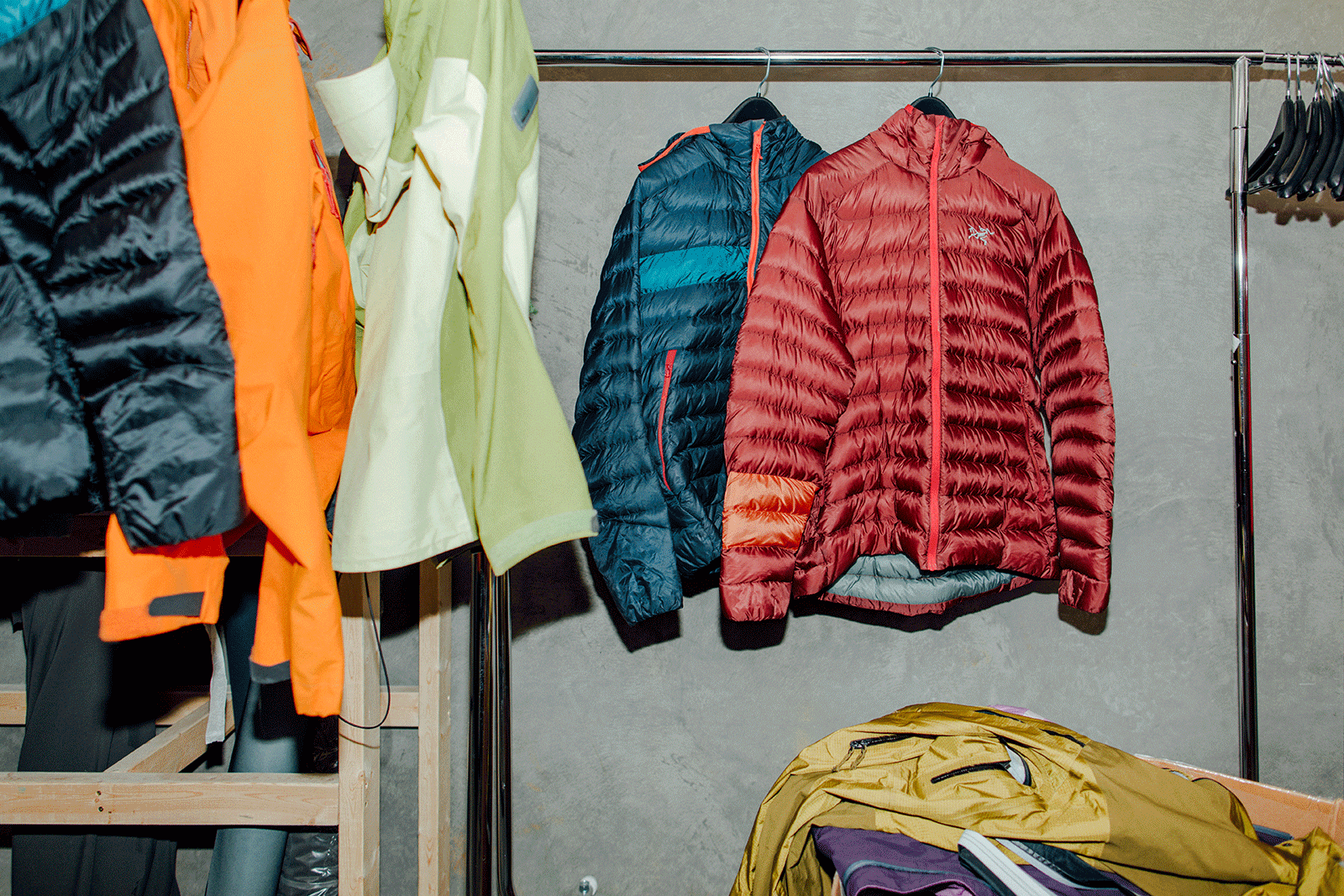
These include fully recyclable performance running shoes, notably the Index.01 and Index Break – a flip-flop version of the Index.01 – along with the Index.02 launched in 2023 and the Index.03 released in early 2024. Salomon has organized the take-back of these products directly from consumers. The entire shoe can be separated into two parts at the end of its life and used in the creation of Salomon alpine ski boots or other products. Most traditional footwear constructions rely on multiple materials, making them difficult to fully recycle.
As part of its Index innovation, Salomon announced the launch of the Brigade INDEX, the first recyclable winter sports helmet. The Brigade INDEX ski and snowboard helmet can be fully recycled at the end of its life. It represents a totally new approach to helmet construction, using 96% of materials from a single plastics family. Other examples of Salomon’s products using circularity in their design are Salomon Metacross 2, manufactured in the ASF4.0 smart factory in Ardoix, France, and Salomon’s S-Core 45 Nordic ski core, made of 45% recycled PET.
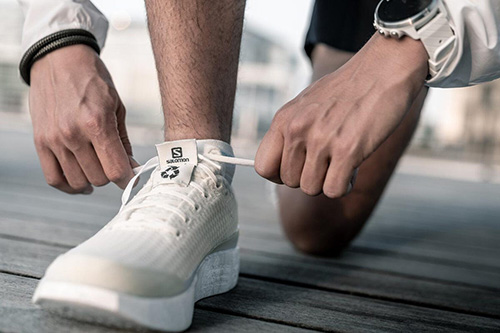
In racket sports, Luxilon, the official distributor for Wilson, introduced Eco Power, the first high-performance string made of 100% recycled materials, including its packaging, thereby reducing the product’s carbon footprint. Eco Rough builds on this by introducing textured polyester strings composed of 100% recycled materials. This configuration enhances the grip on the ball, allowing players to increase revolutions per minute (RPM) on their shots without needing to change their swing.
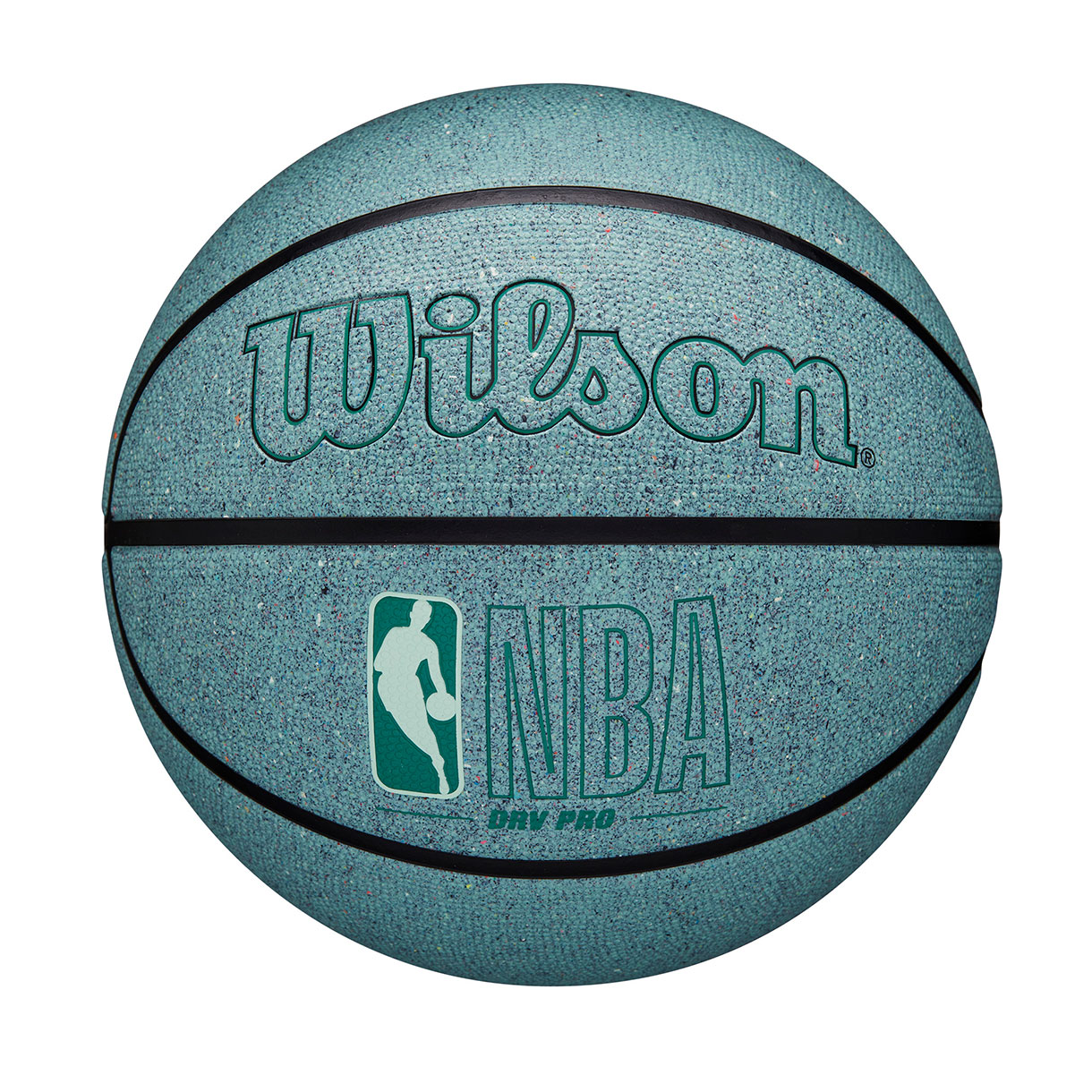
Peak Performance educates its customers on how to care for and expand the life of its garments with different repair options. When the garment is no longer serving its user, it can find a new life through the Peak Performance’s WearAgains program by being returned to the brand’s flagship store in Stockholm for resale or by getting sold through Peak Performance’s Swedish website. In 2023, the WearAgains program was expanded to Peak Performance’s Vienna store in Austria. Peak Performance launched care instruction guides and videos on how to wash shell, down, and synthetic insulation garments.
Peak Performance is a member of Global Fashion Agenda’s Circular Fashion Partnership which provides its members the opportunity to achieve a long-term, scalable transition to a circular fashion system.
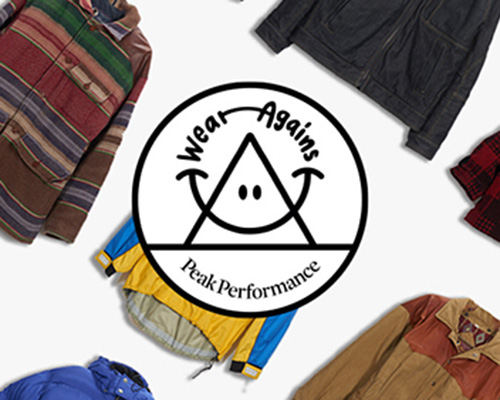
Atomic prioritizes repairability in all product ranges, ensuring customers continue using the most sustainable product available to them: the one they already own. In the Atomic ski boot line, 77% of parts, from grip pads to metal bolts, are replaceable. Spare parts can be bought on the Atomic website and shipped worldwide, prolonging equipment lifespan.
